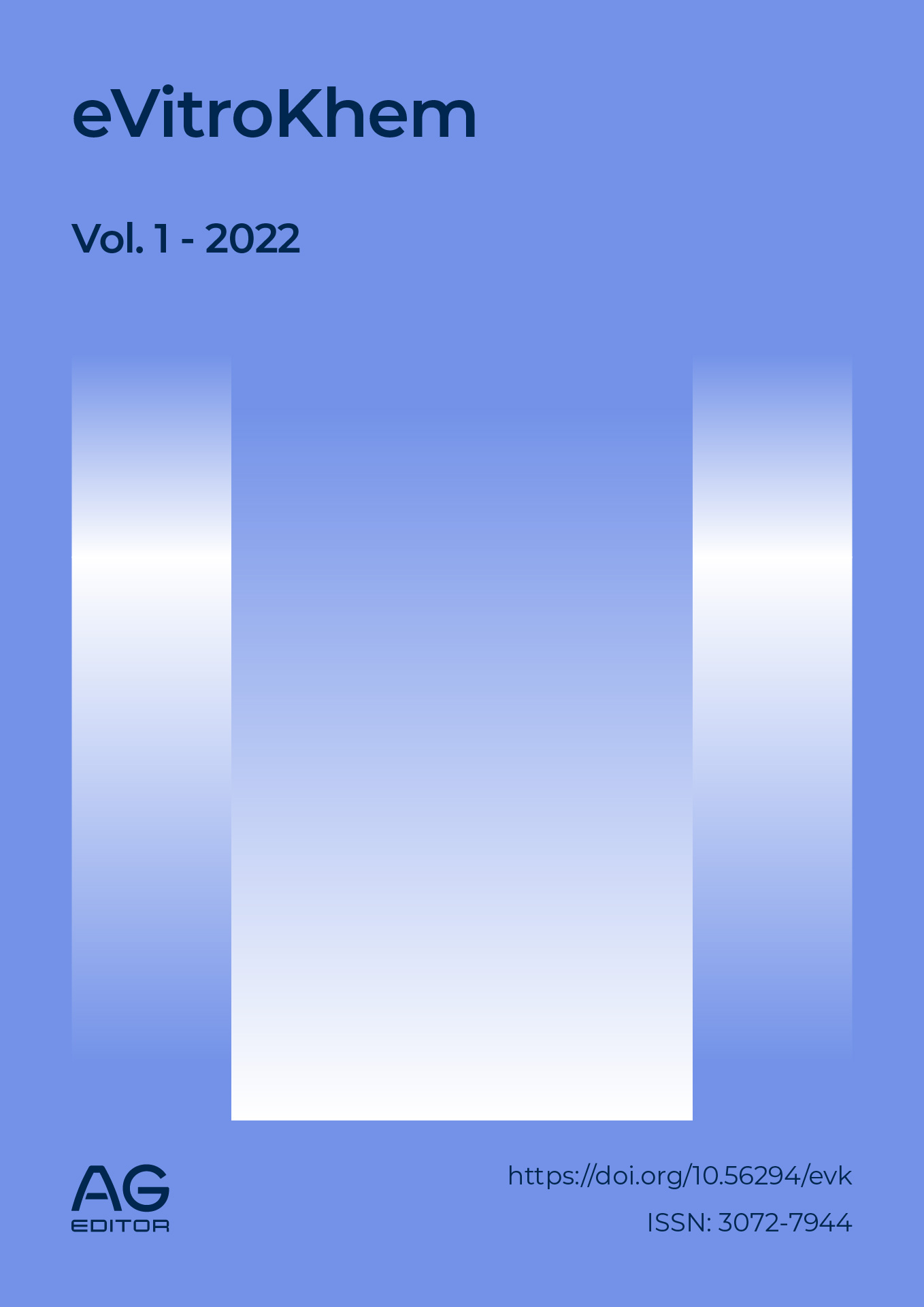Advanced Treatment of Hospital Wastewater using POAs: Evaluation and Technological Application
DOI:
https://doi.org/10.56294/evk202249Keywords:
Hospital wastewater, advanced oxidation, ozonation, Fenton process, photocatalysisAbstract
Introduction: The study addressed the environmental problems associated with wastewater generated by hospitals, which contains contaminants that are difficult to remove using conventional methods. In Colombia, current regulations established strict limits for its discharge, which prompted the search for more effective technologies such as Advanced Oxidation Processes (AOPs). Development: The research described the classification and composition of hospital liquid waste, as well as the physicochemical parameters required by Resolution 0631 of 2015. Subsequently, different traditional treatments (primary, secondary, and tertiary) were explored, and AOPs were examined in greater depth, including ozonation, the Fenton process, and photocatalysis. These methods used highly oxidizing agents, such as hydroxyl radicals, capable of degrading recalcitrant compounds present in hospital effluents. The operating conditions and operating principles of each technique were analyzed, as well as their technical and economic feasibility. Conclusions: The study concluded that POAs represented an effective solution for the tertiary treatment of hospital wastewater. The technologies evaluated significantly improved parameters such as COD, BOD5, and total suspended solids. However, their effectiveness depended on specific operating variables such as pH and oxidant dosage. It was highlighted that the integration of POAs with biological treatments could optimize results and reduce operating costs, promoting more sustainable environmental management in the healthcare sector.
References
Belzona. Guía de aplicaciones Belzona en equipos de tratamiento de aguas residuales - Tratamiento de aguas residuales [Internet]. Belzona Inc.; 2010 [citado 2021 sep 7];40. Disponible en: https://www.belzona.com/es/industries/wastewater.aspx
Bes Monge SS, Silva DAM, Bengoa DC. Manual técnico sobre procesos de oxidación avanzada aplicados al tratamiento de aguas residuales industriales [Internet]. Belzona Inc.; 2016 [citado 2021 sep 7]. Disponible en: http://www.cyted.org/sites/default/files/manual_sobre_oxidaciones_avanzadas_0.pdf
Camenforte M, Pérez J. Alternativa a la desinfección del agua con cloro: ozonización. 2014;1–20.
Centa. Manual de depuración de aguas residuales urbanas [Internet]. Centa, Secretariado de Alianza por el Agua, Ecología y Desarrollo; 2008 [citado 2021 sep 25];264. Disponible en: http://alianzaporelagua.org/documentos/MONOGRAFICO3.pdf
González O, Bayarri B, Aceña J, Pérez S, Barceló D. Treatment technologies for wastewater reuse: fate of contaminants of emerging concern. In: The Handbook of Environmental Chemistry [Internet]. 2015 [citado 2021 may 2];5–37. Disponible en: https://doi.org/10.1007/698_2015_363 DOI: https://doi.org/10.1007/698_2015_363
Manuel J, Navarrete R. Normatividad colombiana en los vertimientos hospitalarios: impactos ambientales y de salud pública. 2016.
Ministerio de Ambiente y Desarrollo Sostenible. Resolución 631 de 2015 [Internet]. 2015 [citado 2021 jun 15]. Disponible en: http://www.minambiente.gov.co/images/normativa/app/resoluciones/d1res_631_marz_2015.pdf
Ministerio del Medio Ambiente. Resolución 01164 de 2002 [Internet]. 2002 [citado 2021 jun 15]. Disponible en: http://www.alcaldiabogota.gov.co/sisjur/normas/Norma1.jsp?i=36291
Mitcheson L, Maslin J, Meynen T, Morrison T, Hill R, Wanigaratne S. Fundamentals of treatment. In: Applied Cognitive and Behavioural Approaches to the Treatment of Addiction [Internet]. 2010 [citado 2021 may 2]. Disponible en: https://doi.org/10.1002/9780470661420.ch3 DOI: https://doi.org/10.1002/9780470661420
Muñoz M, Garcia-Muñoz P, Pliego G, De Pedro ZM, Zazo JA, Casas JA, Rodriguez JJ. Application of intensified Fenton oxidation to the treatment of hospital wastewater: kinetics, ecotoxicity and disinfection. J Environ Chem Eng. 2016;4(4):4107–12. doi:10.1016/j.jece.2016.09.019 DOI: https://doi.org/10.1016/j.jece.2016.09.019
Muyo C. Procesos biológicos aerobios [Internet]. Curso sobre tratamiento y reciclaje de aguas residuales industriales mediante soluciones sostenibles; 2016 [citado 2021 jun 19]. Disponible en: http://triton-cyted.com/wp-content/uploads/2017/04/Presentaci%C3%B3n.pdf
Oikawa S, Tsuda M, Okamura Y, Urabe T. Prefulvene as a stable intermediate at the potential energy surface minimum of the benzene ⇌ benzvalene isomerization process. J Am Chem Soc. 1984;106(22):6751–5. doi:10.1021/ja00334a047 DOI: https://doi.org/10.1021/ja00334a047
Rojas JAR. Calidad del agua [Internet]. 2009 [citado 2021 ago 25]. Disponible en: https://www.belzona.com/es/industries/wastewater.aspx
Santiago EB, Calderón Ancona JM. Diseño y construcción de un generador de ozono para aplicaciones de purificación de agua. 2005;120.
Shin J, Choi S, Park CM, Wang J, Kim YM. Reduction of antibiotic resistome in influent of a wastewater treatment plant (WWTP) via a chemically enhanced primary treatment (CEPT) process. Chemosphere. 2022;286(P1):131569. doi:10.1016/j.chemosphere.2021.131569 DOI: https://doi.org/10.1016/j.chemosphere.2021.131569
Torán J, Blánquez P, Caminal G. Comparison between several reactors with Trametes versicolor immobilized on lignocellulosic support for the continuous treatments of hospital wastewater. Bioresour Technol. 2017;243:966–74. doi:10.1016/j.biortech.2017.07.055 DOI: https://doi.org/10.1016/j.biortech.2017.07.055
McCabe WL, Smith JC, Harriot P, Colton RH. Operaciones unitarias en ingeniería química. 7.ª ed. México: McGraw-Hill; 2013.
Published
Issue
Section
License
Copyright (c) 2022 Sara Juliana Jaramillo Arvilla, Julián Diel Urresta Aragón, Natali Lorena Mena Guerrero, Carla Stephanny Cárdenas Bustos (Author)

This work is licensed under a Creative Commons Attribution 4.0 International License.
The article is distributed under the Creative Commons Attribution 4.0 License. Unless otherwise stated, associated published material is distributed under the same licence.






